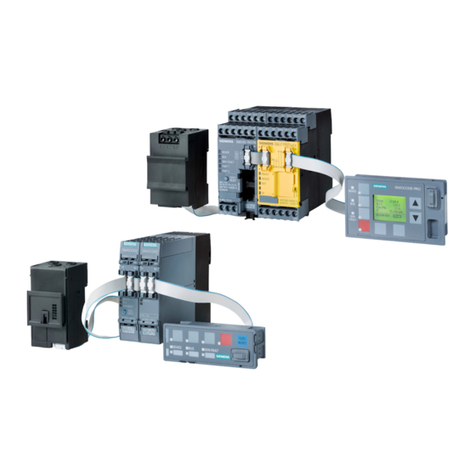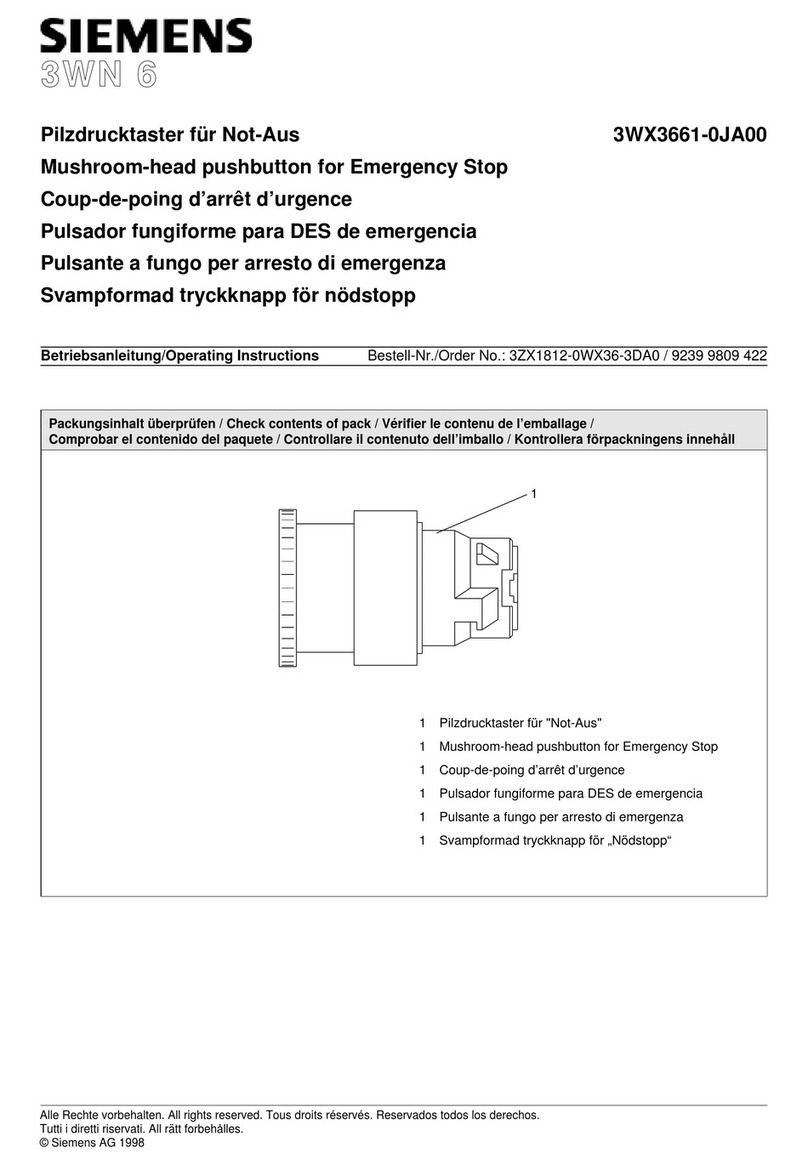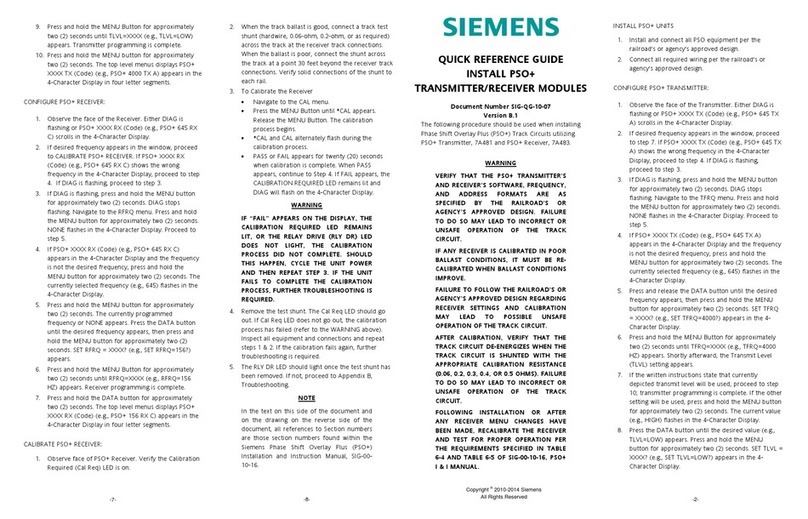Siemens LGI16 Series User manual
Other Siemens Control Unit manuals
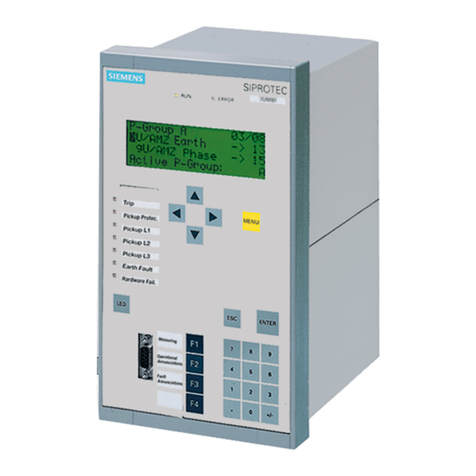
Siemens
Siemens SIPROTEC4 7SJ61 User manual

Siemens
Siemens SIRIUS 8WD4428-0BF User manual
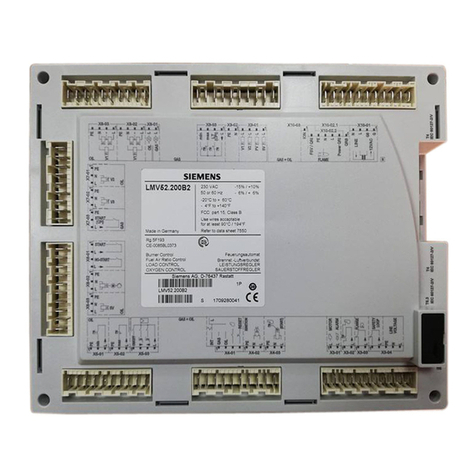
Siemens
Siemens LMV52 series User manual

Siemens
Siemens ACVATIX VPF43 Series User manual
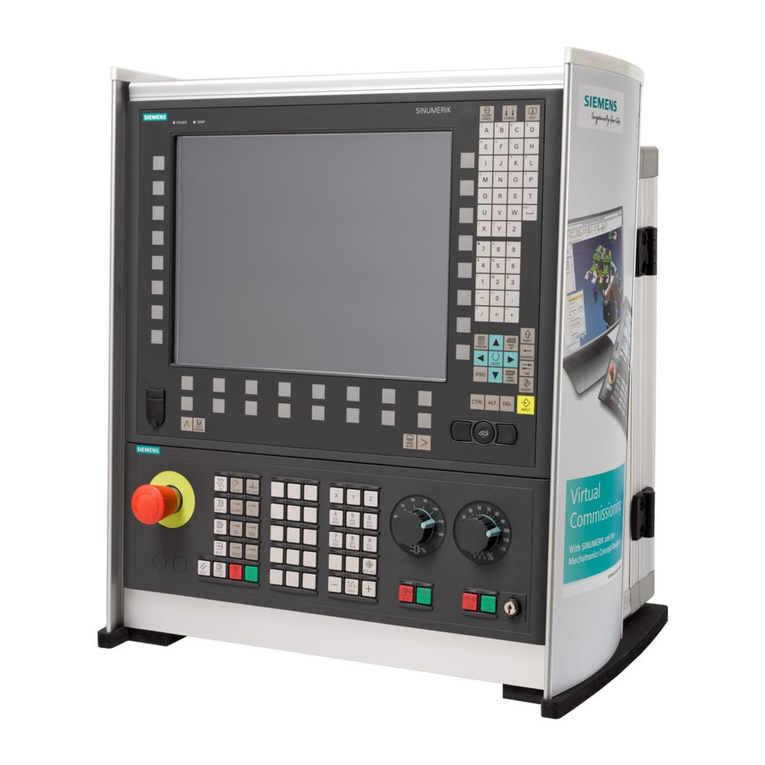
Siemens
Siemens SINUMERIK 840D sl User manual
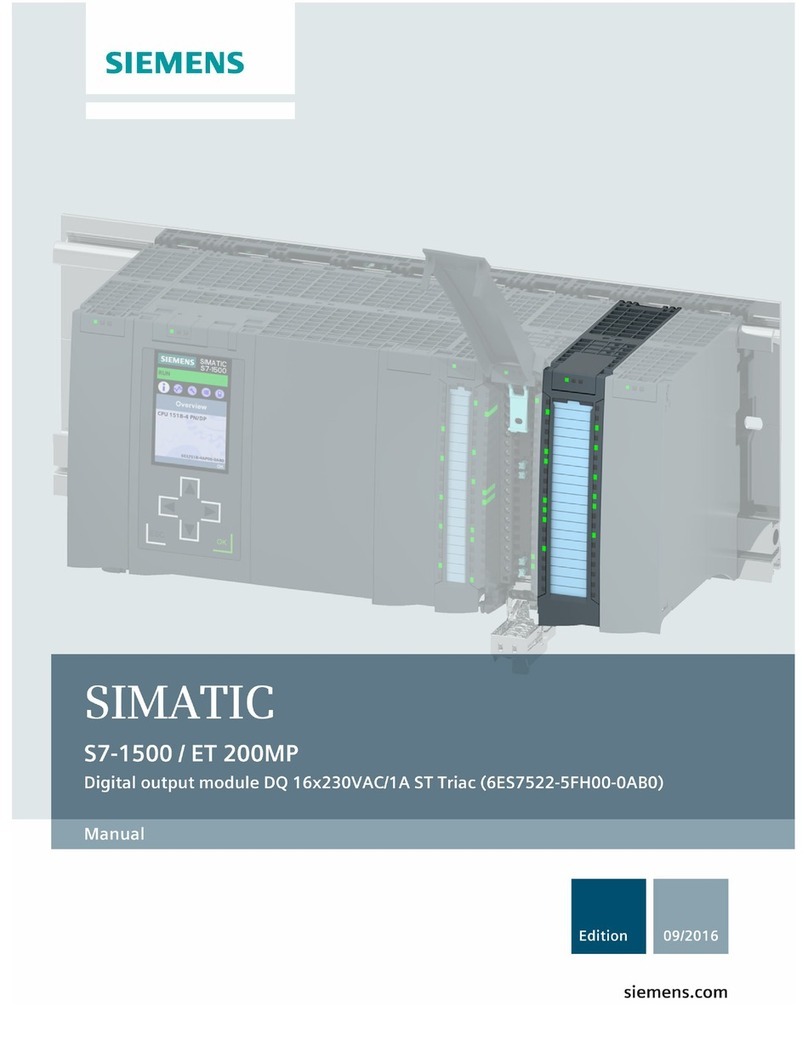
Siemens
Siemens Simatic S7-1500 User manual
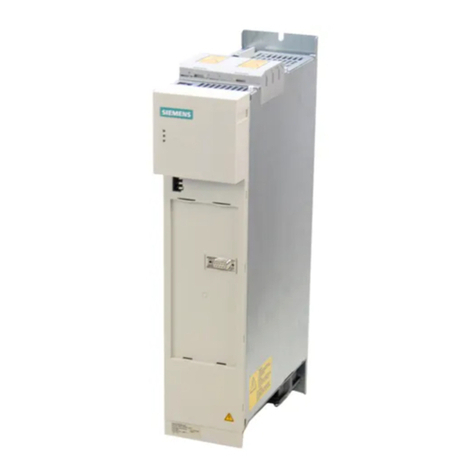
Siemens
Siemens 6SE7024-1EP85-0AA1 User manual
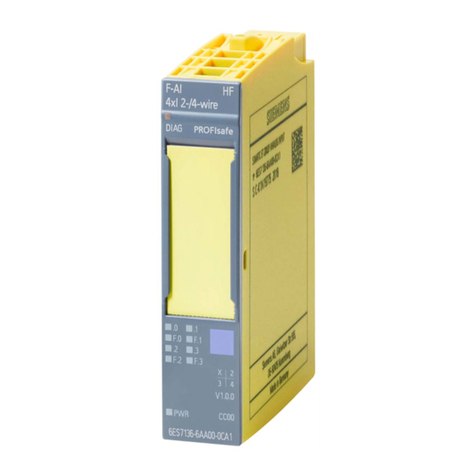
Siemens
Siemens SIMATIC ET 200SP F-AI 4xI 0(4) 20mA 2-/4-wire HF... User manual
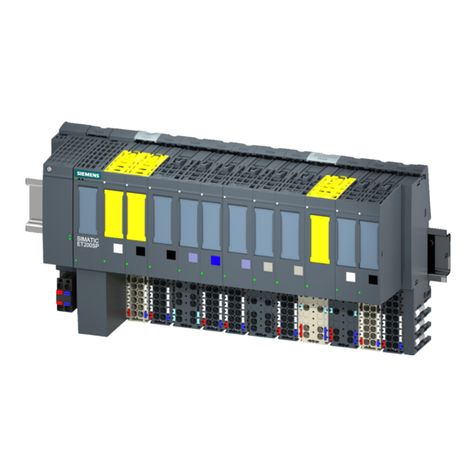
Siemens
Siemens SIMATIC ET 200SP User manual

Siemens
Siemens 4AI RTD User manual
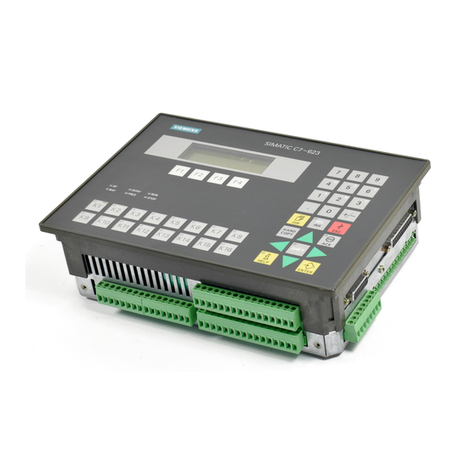
Siemens
Siemens SIMATIC C7 User manual

Siemens
Siemens SIMATIC ET 200SP User manual
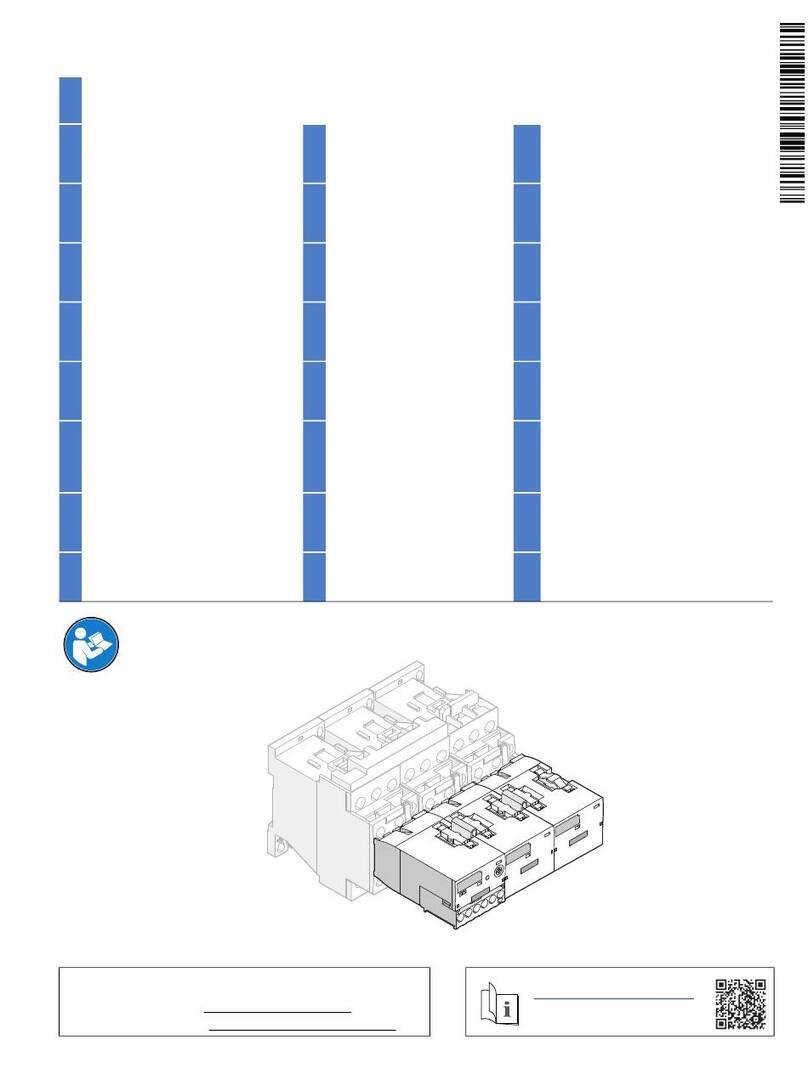
Siemens
Siemens SIRIUS 3RA2711-0DB00 User manual
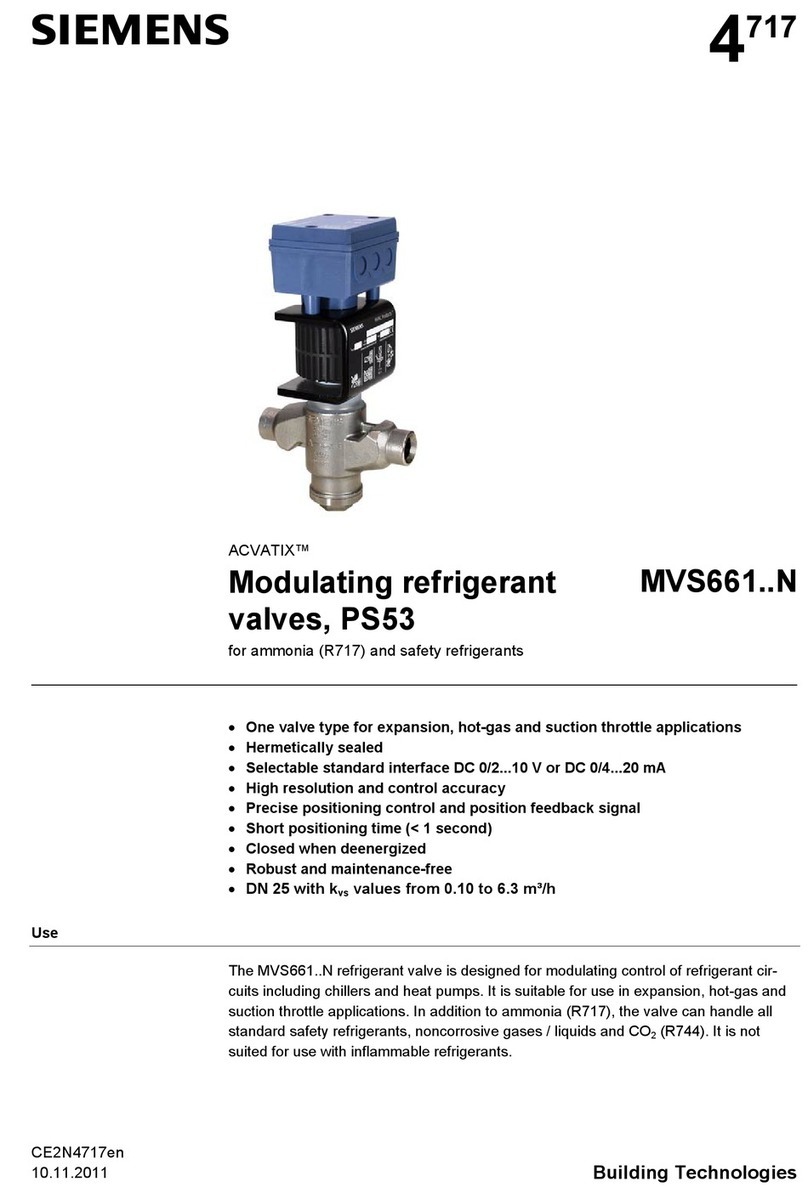
Siemens
Siemens ACVATIX PS53 User manual
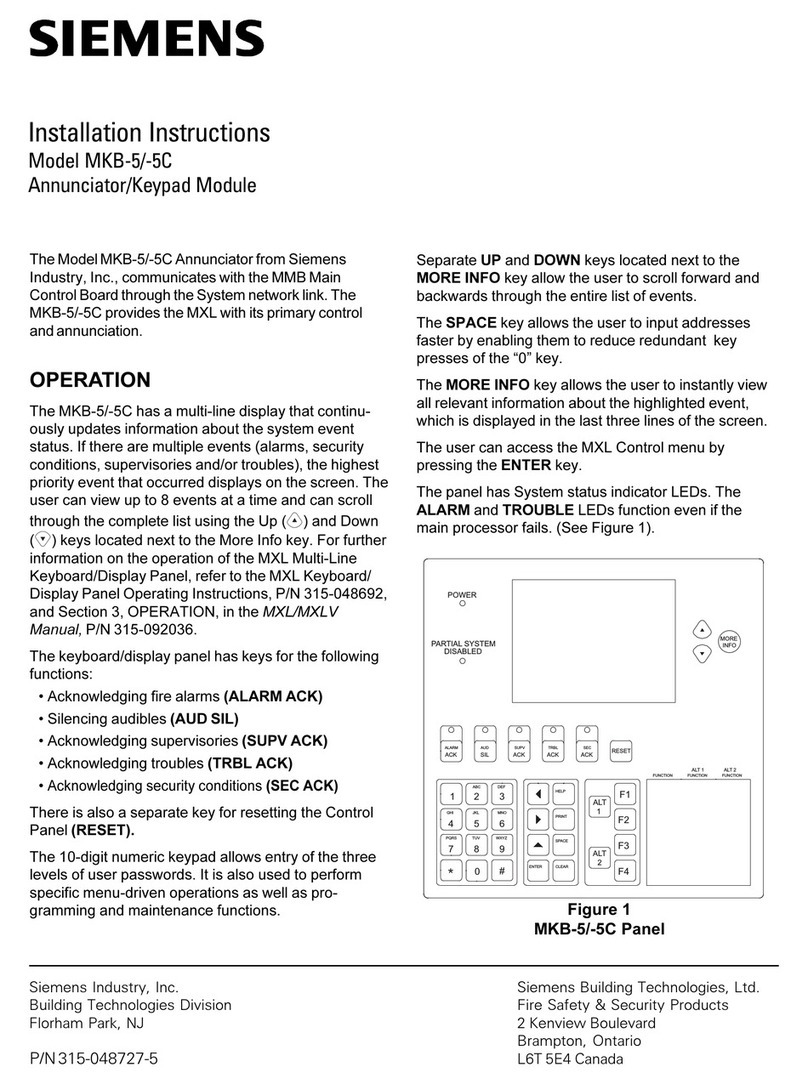
Siemens
Siemens MKB-5 User manual
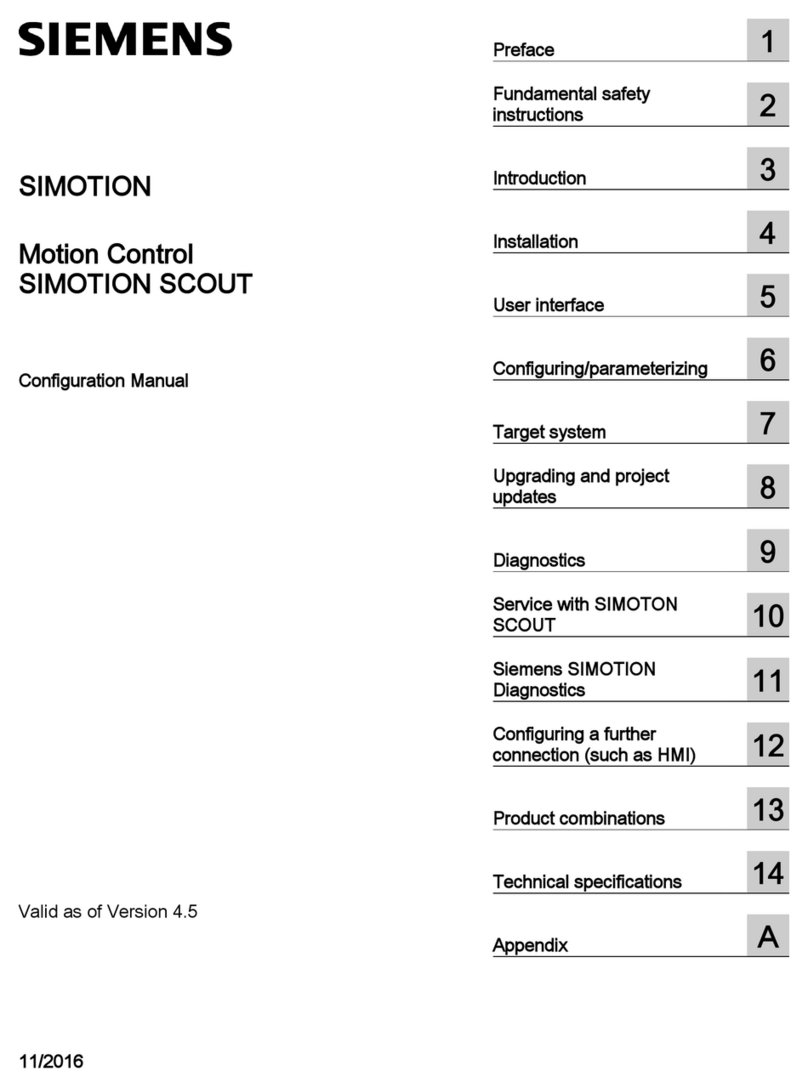
Siemens
Siemens SIMOTION SCOUT Instruction sheet
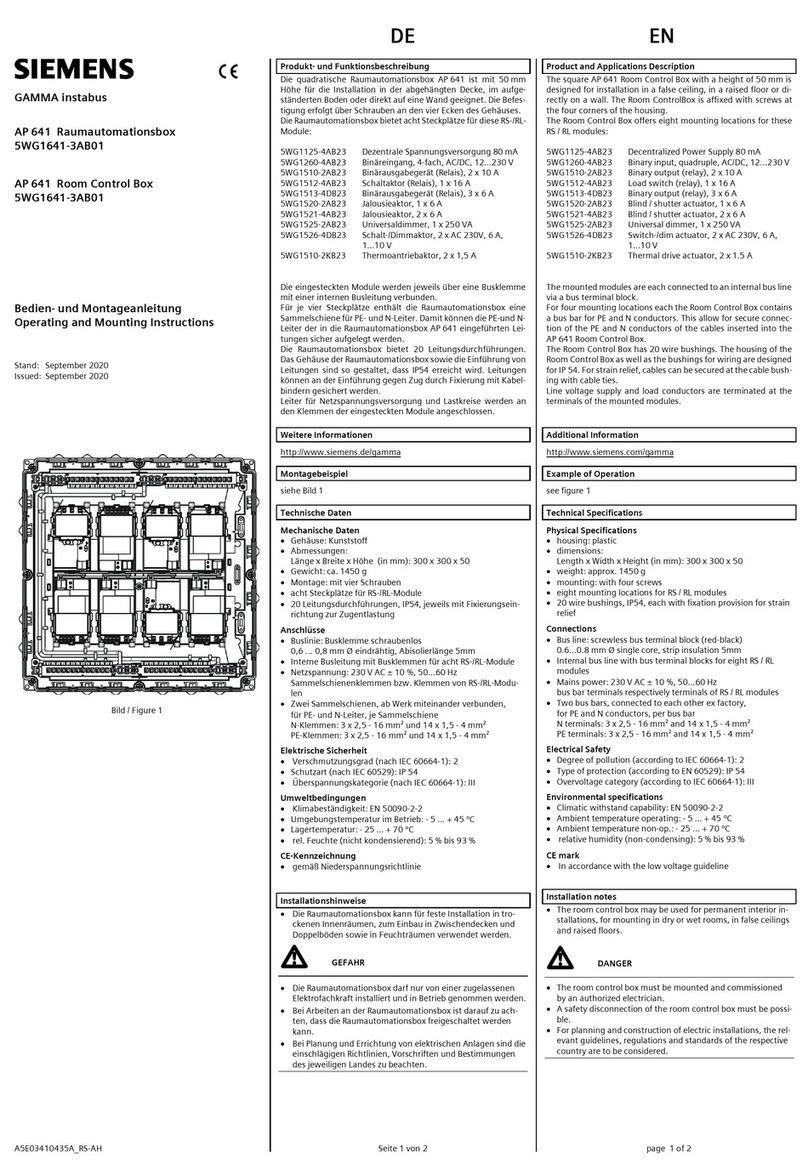
Siemens
Siemens AP 641 Service manual
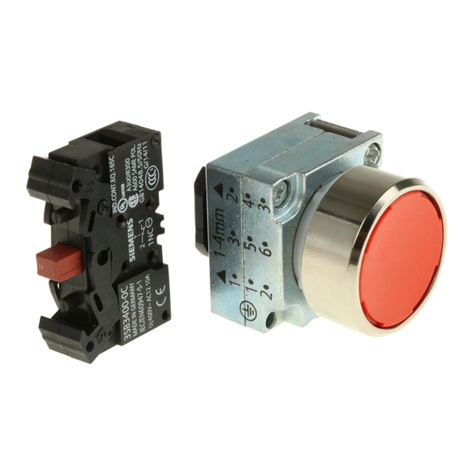
Siemens
Siemens SIRIUS 3SB3 User manual

Siemens
Siemens SIMATIC ET 200SP HA User manual

Siemens
Siemens SINUMERIK 840D sl Quick start guide
Popular Control Unit manuals by other brands

Festo
Festo Compact Performance CP-FB6-E Brief description

Elo TouchSystems
Elo TouchSystems DMS-SA19P-EXTME Quick installation guide

JS Automation
JS Automation MPC3034A user manual

JAUDT
JAUDT SW GII 6406 Series Translation of the original operating instructions

Spektrum
Spektrum Air Module System manual

BOC Edwards
BOC Edwards Q Series instruction manual

KHADAS
KHADAS BT Magic quick start

Etherma
Etherma eNEXHO-IL Assembly and operating instructions

PMFoundations
PMFoundations Attenuverter Assembly guide

GEA
GEA VARIVENT Operating instruction

Walther Systemtechnik
Walther Systemtechnik VMS-05 Assembly instructions

Altronix
Altronix LINQ8PD Installation and programming manual

